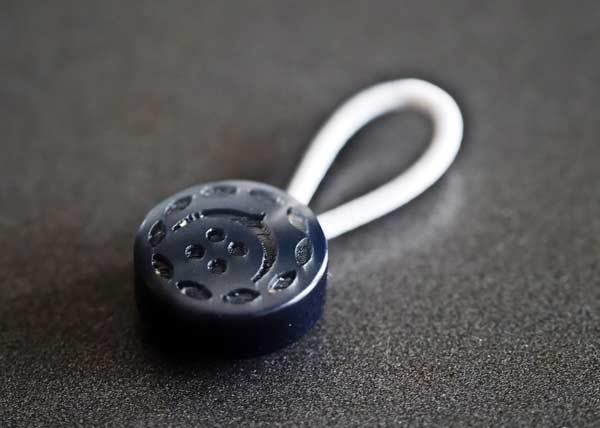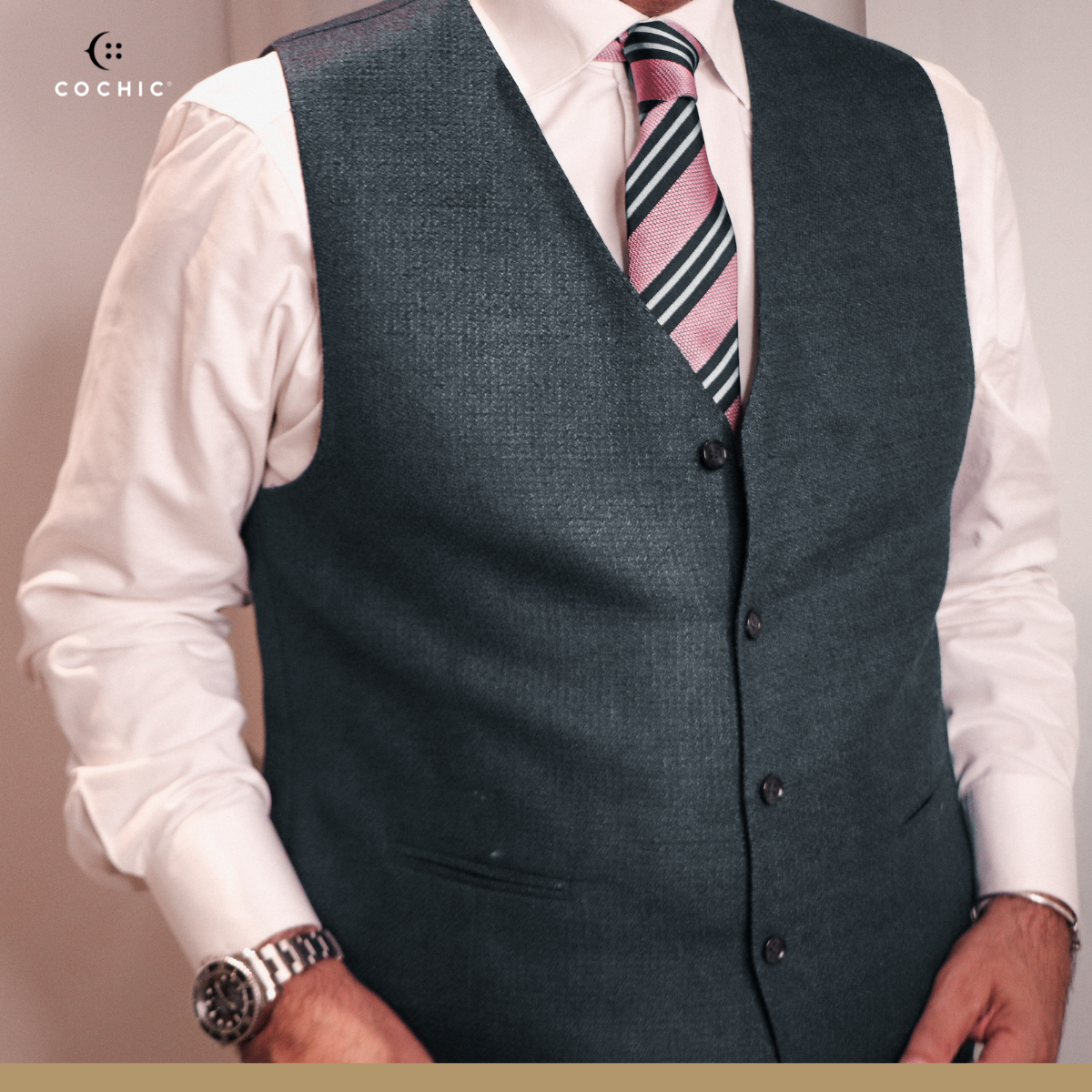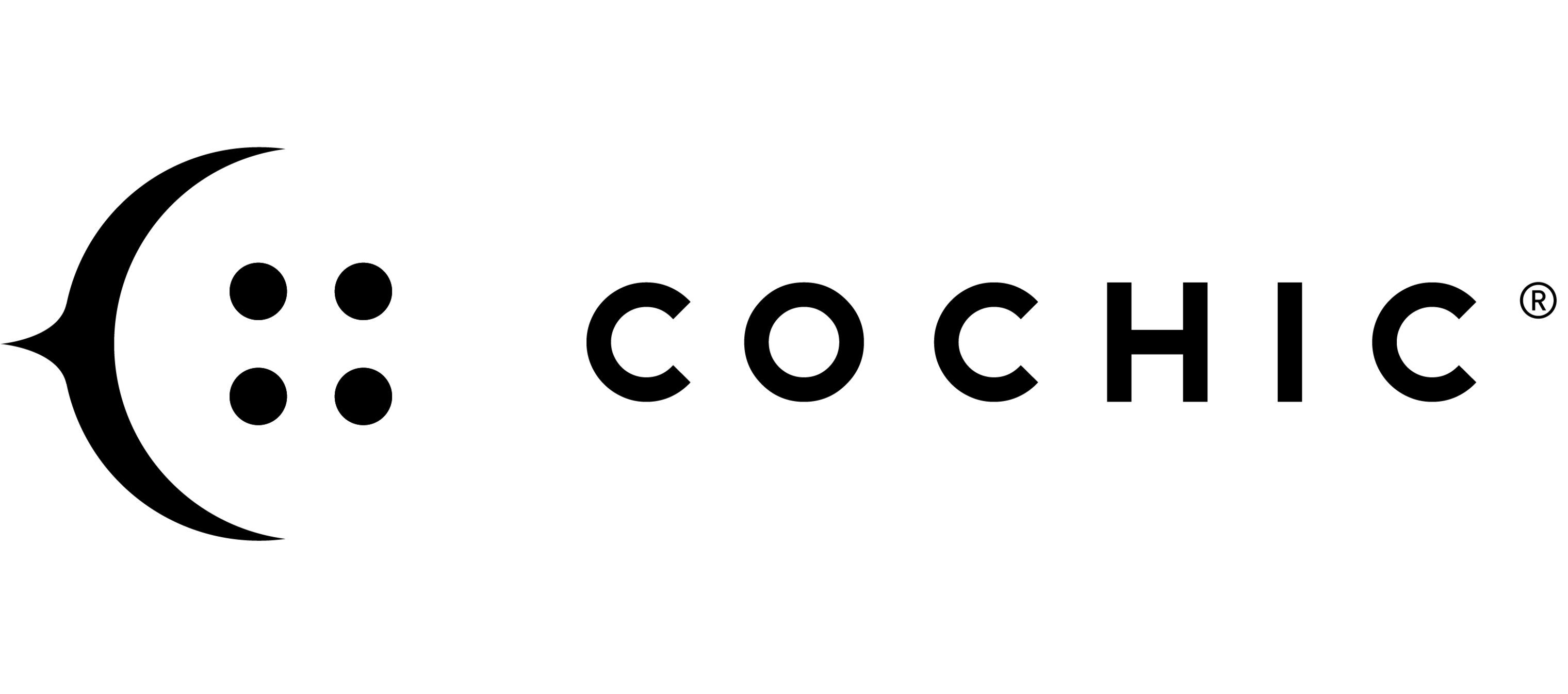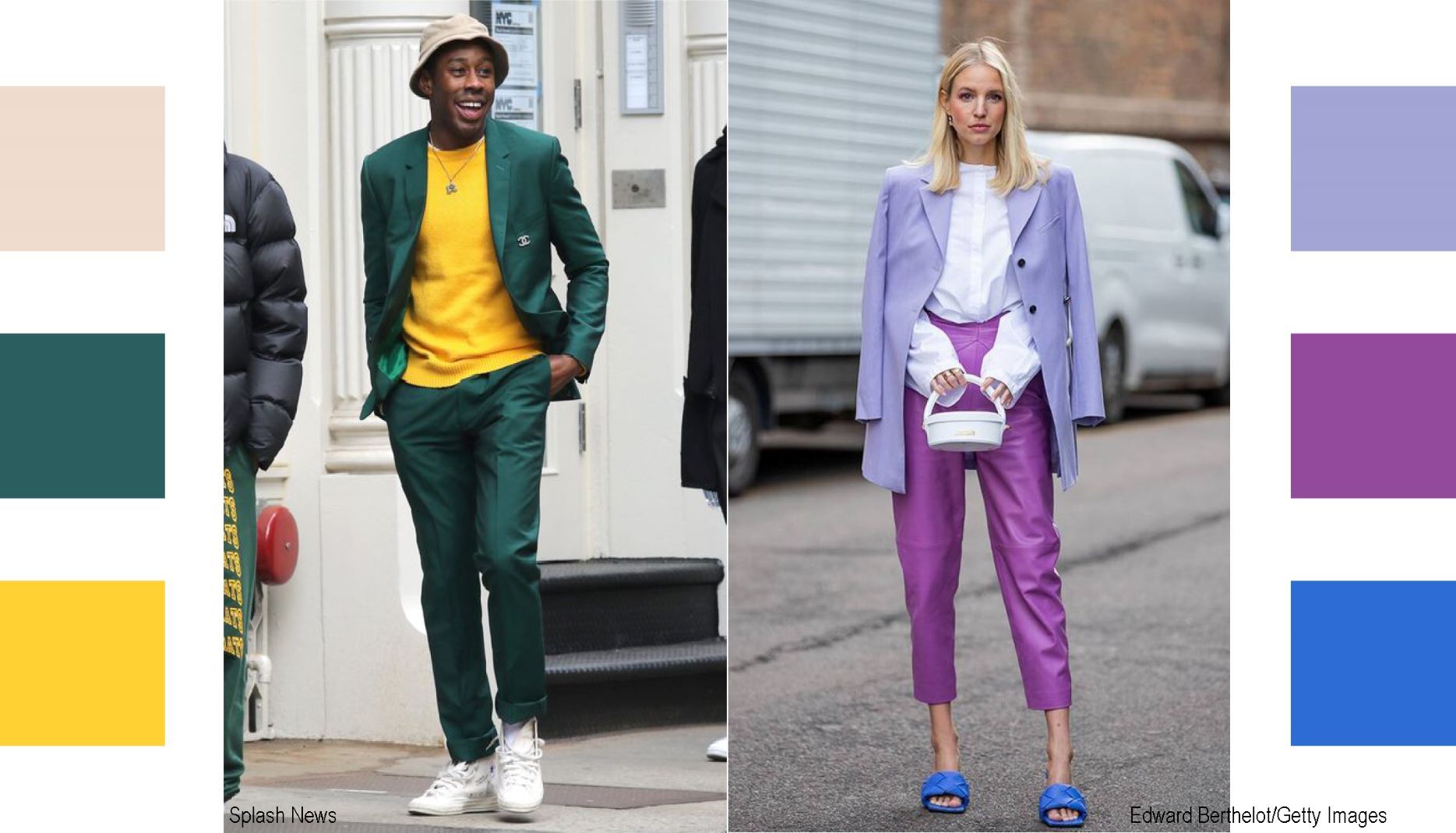When it comes to fashion, harmony and color scheme are important elements. It may seem simple, but there is a science of color, which objectively pleases or even relaxes the eye. This science can be explained by several color rules. There is the rule of similar colors, monochrome colors, complementary colors, complementary triangular colors and complementary rectangular colors.
What to know about colors

In order to fully understand the arrangement of colors, you have to start by the difference between primary, secondary and tertiary colors.
Primary colors

Primary colors are the main colors in the color chart; blue, yellow and red. Each color is made with at least one of these colors.
Secondary colors

When you mix two primary colors, it creates a secondary color. Blue and yellow will make green. Yellow and red will make orange. Blue and red will make purple.
Tertiary colors

Tertiary colors are a mixture of a primary color and a secondary color. Which means that one of the primary colors is more dominant than the other one. For example, for the color blue purple, it’s a mix of blue and purple, so blue would be the dominant primary color.
Color rules for a Fashion statement
Similar colors

Similar colors are colors that have the same dominant primary color. For example, shades of orange through red are similar colors, as red is the predominant color. Similar colors and monochrome colors can be put in the same category because the primary color is the same.
Monochrome colors

The tones differentiate a dark blue and a pale blue. When you combine different shades together it creates a monochrome style. Which is when you dress from head to toe in the same shade. For example, when you put on a light blue sweater with dark blue pants, it creates a monochrome arrangement. Another example would be pairing brown pants with a beige sweater. We choose a color on the chromatic circle and we come to play on its intensity.
Complementary colors

Complementary colors always coordinate well together. They are opposite colors in the color sphere. It starts with the primary colors: red, blue and yellow. When you mix two of these three colors there, it will create another color. Then the color that is not used for mixing will be the complementary color. For example, blue and red mixed together will make purple, so the complementary color is yellow, because that is not in the equation.
Triangular complementary et rectangular complementary


Triangular complementary colors are colors opposed by an equilateral triangle in the color circle. Rectangular complementary colors are opposed by a rectangle in the color circle. These two rules are ideal when it comes to pastel colors or when you want to go for a maximalist look with vibrant colors.
Color distribution
The color distribution can help with the colors harmony. When it comes to two colors, we'll use the 80-20 rule. So 80% of a dominant color and 20% of an accent color. This distribution is generally used for complementary colors. When it comes to three colors, we will have a dominant color (60%), an intermediate tone (30%) and an accent color (10%). This distribution is generally used for triangular complementary colors.

Once you've chosen the rule you like, you can play around with shades, tones, and more. Of course you can apply more than one rule. For example, take two similar colors like blue and purple, then add a color that is complementary to your primary color, in the case of blue it is orange. You can also take one of these colors and play with the monochrome shades.
The golden rule in fashion
Despite all these color “rules”, the most important thing is to have fun and feel good in your clothes. As we always preach at COCHIC, fashion is a form of self-expression and you do what you want.
Be Cochic! Have fun and be yourself!
Read more

We've all been through days when we had to wear our office attire, but felt constrained by our shirt's collar because we wear ties, have a wide neck or feel uneasy. Discover how COCHIC's innovative...

Discover 4 ways to wear a tie and learn how to match it with the perfect dress shirt collar. COCHIC offers a variety of patented silk ties that will stay in place. Add a collar extender for extra c...






1 comment
Thanks for sharing. Great learnings and very practical for shopping!
Suzie Beaudoin
Leave a comment
All comments are moderated before being published.
This site is protected by hCaptcha and the hCaptcha Privacy Policy and Terms of Service apply.